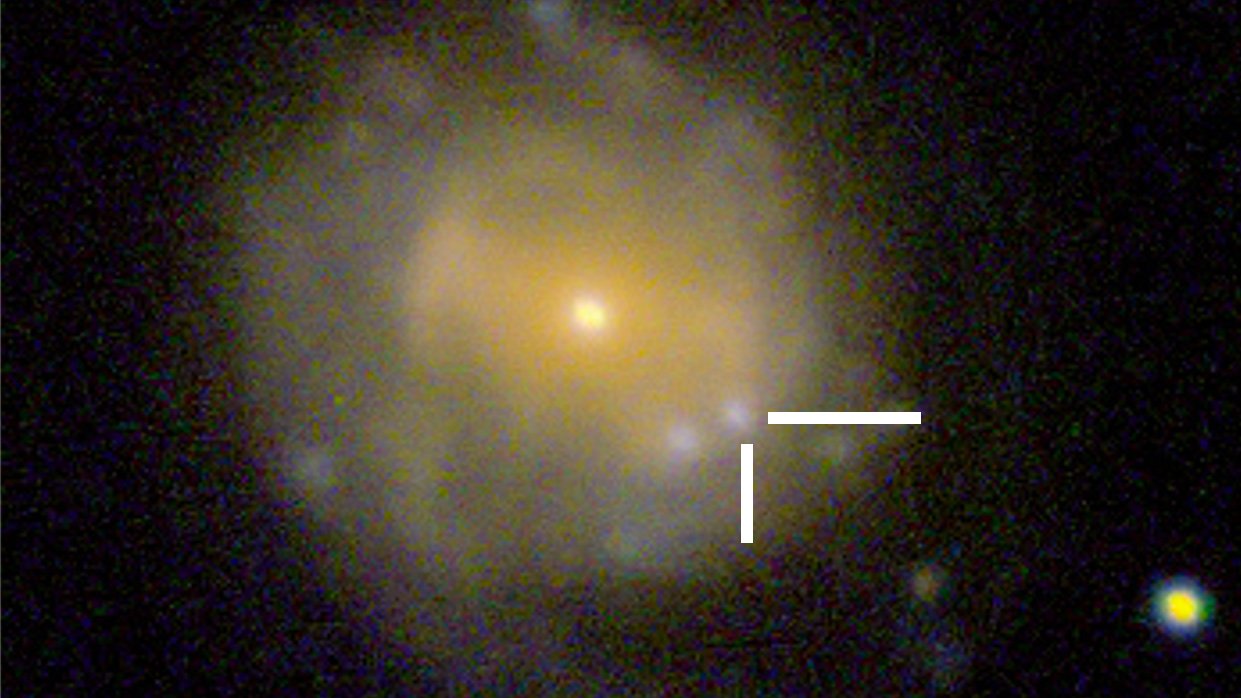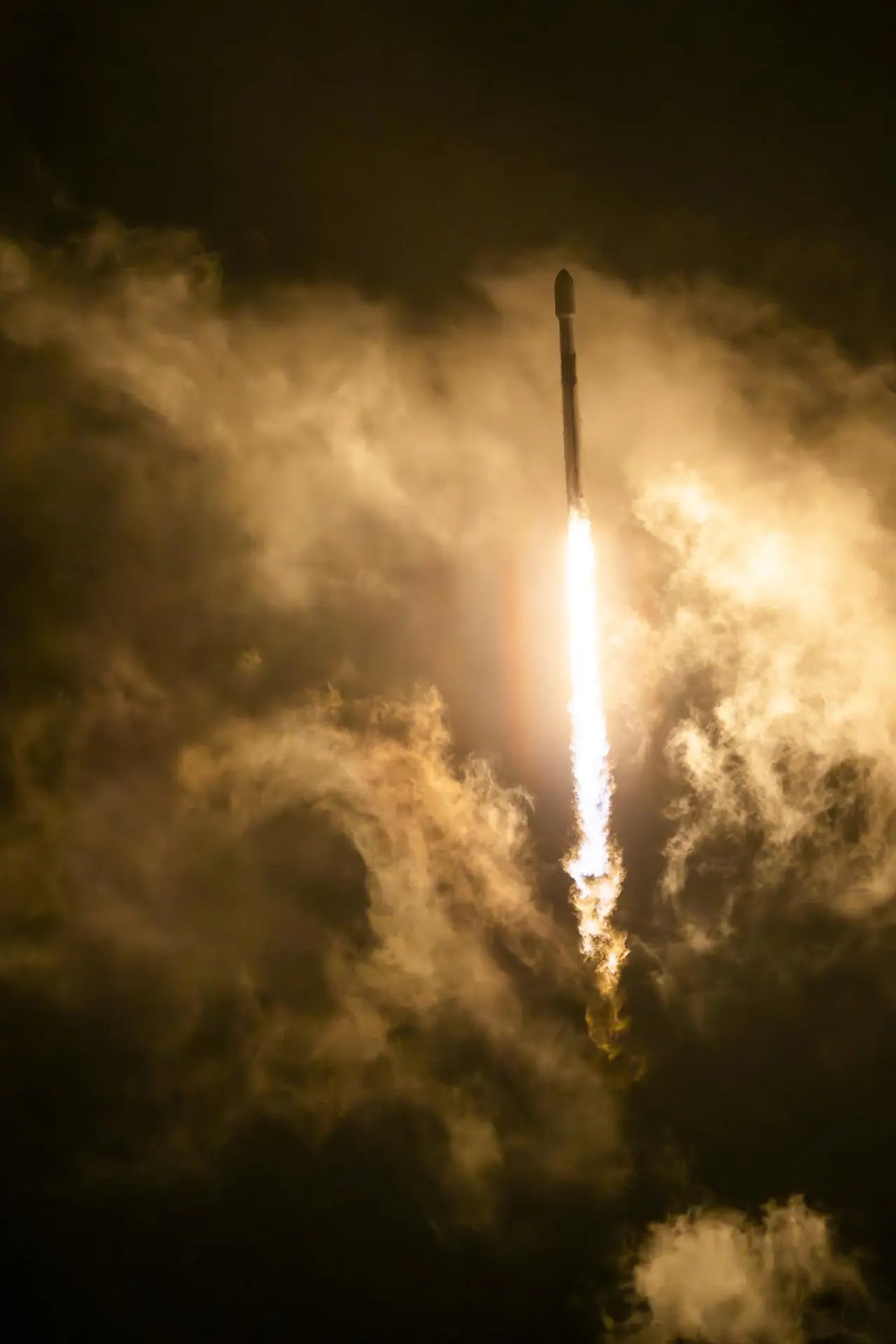Near Earth Objects (NEOs) are asteroids or comets that orbit within 1.3 astronomical units (AU) of the Sun and have a diameter greater than 30 meters. While most NEOs are harmless, some of them could pose a significant threat to our planet if they collide with Earth. NASA is working tirelessly to discover, track and analyze NEOs to mitigate the risks of a catastrophic impact.
Detecting NEOs
NASA’s Planetary Defense Coordination Office (PDCO) is responsible for tracking NEOs and issuing warnings if they pose a threat to Earth. To detect NEOs, NASA uses ground-based telescopes, space-based observatories, and radar systems. One of the most successful programs is the Near-Earth Object Wide-field Infrared Survey Explorer (NEOWISE), which uses infrared light to detect asteroids and comets that are difficult to see with visible light telescopes.

Once a NEO is detected, NASA scientists analyze its orbit and characteristics to determine its potential impact hazard. The Center for Near-Earth Object Studies (CNEOS) at NASA’s Jet Propulsion Laboratory calculates the NEO’s orbit and predicts its future path using advanced computer simulations. If a NEO is found to pose a potential threat, NASA develops mitigation strategies such as deflecting the object’s trajectory using spacecraft or nuclear devices.
Advantages and Disadvantages
Discovering NEOs is crucial for protecting our planet from potential impacts. Early detection and mitigation strategies can save countless lives and prevent billions of dollars in damages. However, discovering NEOs can also create panic and fear among the general public. It’s important to note that the probability of a catastrophic impact is very low, and NASA is working diligently to mitigate the risks.
The Future of Near Earth Objects Detection
NASA is continually improving its NEO detection capabilities. The upcoming Nancy Grace Roman Space Telescope, set to launch in the mid-2020s, will significantly improve NASA’s ability to detect NEOs. The telescope will be able to detect asteroids as small as 30 meters in diameter, making it easier to detect potentially hazardous objects.
I like to comment on stories like this on my website, one for referencing back when you are writing something, and two to share with everyone.
If you are a tech enthusiast and like to collaborate feel free to reach out to me.
To check the original story Click here







